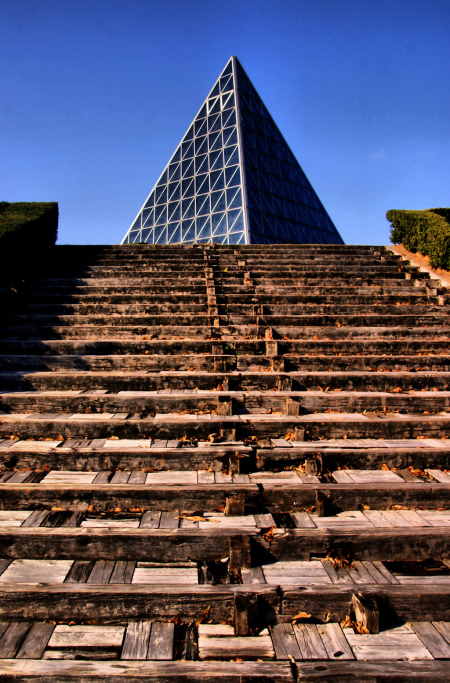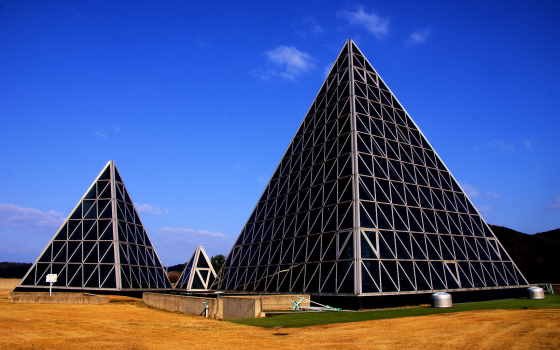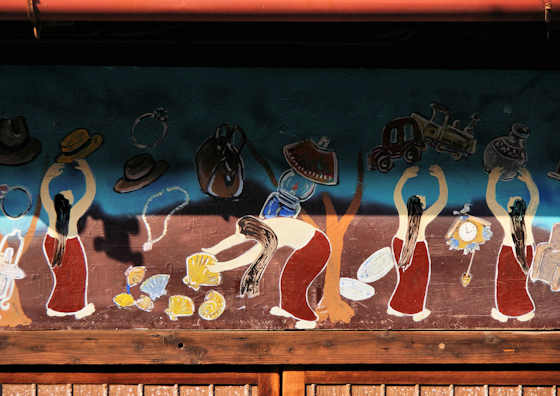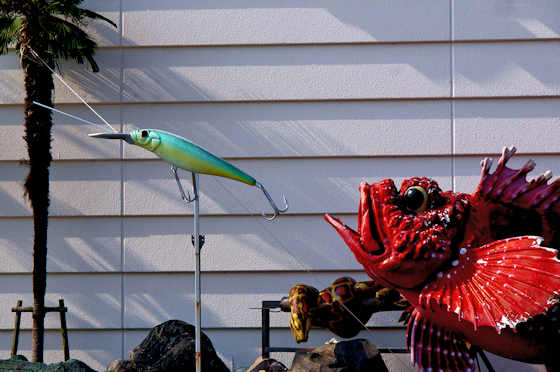Saturday, May 14, 2022
Off the Beaten Track in Kitsuki Castle Town
Labels:
kitsuki,
komainu,
kunisaki fall,
Shrine,
torii
Saturday, May 7, 2022
Saihoji Temple Fumeikaku
The Fumeikaku hall is one of the landmarks of the historical town of Takehara on the coast of Hiroshima.
Some of the other Takehara sights I have posted can be found here.
Labels:
akinada,
preservation district,
takehara,
temple
Tuesday, May 3, 2022
Nima Sand Museum Interior
These shots were all taken inside the largest pyramid at the Sand Museum in Nima, Shimane.
I suspect the place is not making any money at all and I am sure it will not be able to stay open too much longer, though the proximity to the World Heritage sites of Iwami Ginzan may supply enough viitors to forestall that event.
Labels:
Architecture,
iwami33,
Museum,
Nima,
Shin Takamatsu
Saturday, April 30, 2022
Nima Sand Museum
Nima Sand Museum Japan
I visited at the end of my third day walking the Iwami 33 Kannon pilgrimage. Day 4 would see me heading up from Nima into Iwami Ginzan.
Labels:
Architecture,
iwami33,
Museum,
Nima,
Shin Takamatsu
Thursday, April 28, 2022
Flowers & Statues at Choanji Temple
Choanji
There wre a few statues around the grounds, and at least three pairs of the stone Nio guardians that are ubiquitous in Kunisaki
More posts on this tri around Kunisaki can be found by clicking the Kyushu Fudo label below, or from an earlier trip by clicking the Kunisaki Fall Walk label.
The principal statuem te honzon, was theis Edo-period statue of a Thousand-Armed Kannon.
Labels:
azalea,
kannon,
Kunisakihanto Minemichi Long Trail,
kyushu fudo,
nio,
temple,
tendai
Sunday, April 24, 2022
Choanji Flower Temple
Choanji
Friday, April 22, 2022
Onigami Shrine Another Origin of Susano
Onigami Shrine
Not far from here is Inada Shrine, dedicated to the "princss# that Susano saves from the fearsome 8-headed serpent Yamat no Orochi. A little further downstream is a shrine dedicated to her parents, and several spots on the river are said to be the lair of Orochi.
If you draw a line roughly West from here to the shrines around Karashima Island, and another line North to where Matsue now sits, then in the land between those two lines are all the major shrines to Susano..... Susa, Suga, Yaegaki, Hinomisaki, and of course Izumo Taisha, which switched from Susano to Okuninushi just over 400 years ago. There are also a whole slew of smaller, mountain shrines dedicated to Susano, like Karakama Shrine.
Sunday, April 17, 2022
Things Noticed Along the Way
Along The Way
After visiting the third temple of the day, Zenrakuji, the route heads into Kochi City, the first big city since starting out in Tokushima 15 days ago. I visited about a dozen shrines on day 15, and I will cover them in future posts.
Labels:
goodsfromjapan,
henro
Subscribe to:
Posts (Atom)


































































